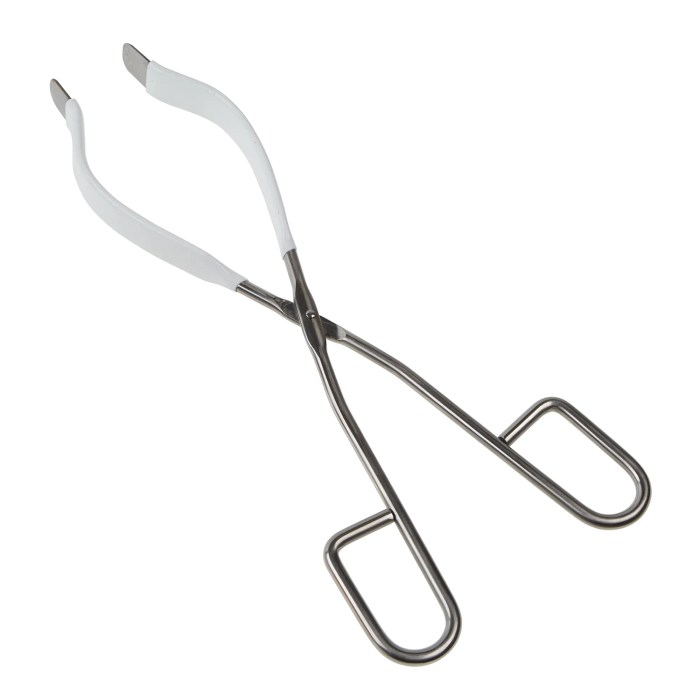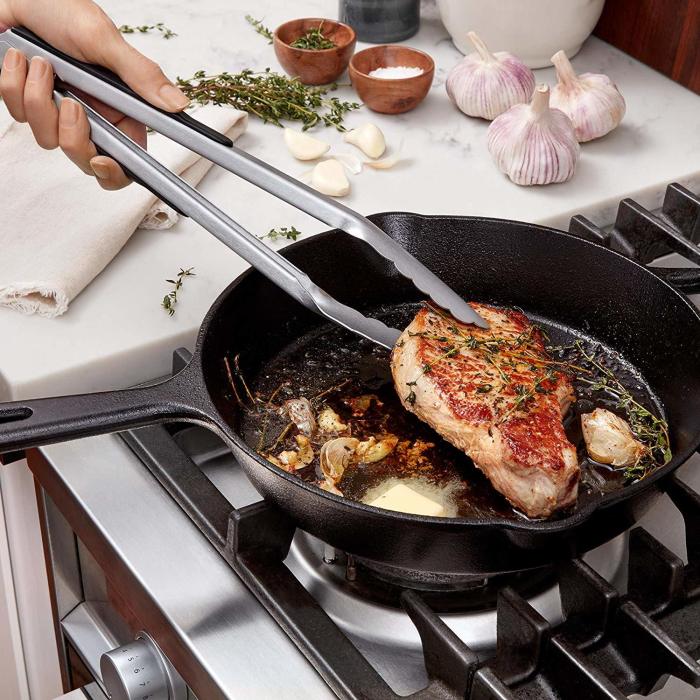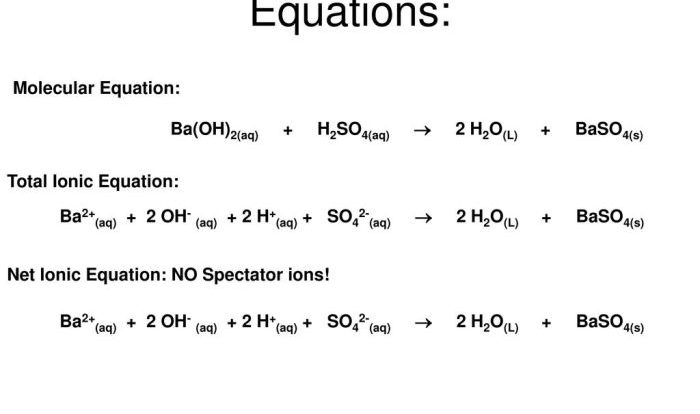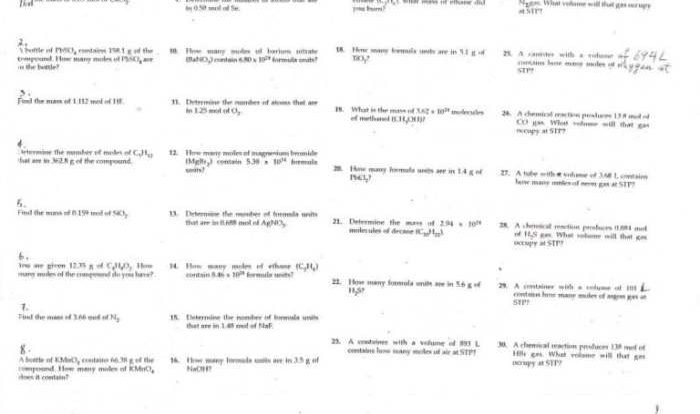What are tongs used for in chemistry – Tongs are an indispensable tool in chemistry laboratories, serving as an extension of our hands to manipulate and handle a wide range of chemicals and objects. This article delves into the multifaceted uses of tongs in chemistry, exploring their importance for safety, accuracy, and efficiency.
From handling corrosive acids to transferring delicate samples, tongs play a crucial role in ensuring the safety of both the experimenter and the integrity of the experiment. Their versatility extends to various laboratory procedures, making them an essential component of the chemist’s toolkit.
What are Tongs Used for in Chemistry?

Tongs are an essential tool in any chemistry laboratory, providing a safe and efficient way to handle chemicals, objects, and equipment. They are used for a variety of tasks, from transferring solids to weighing samples to handling hot objects.
Tongs in the Chemistry Laboratory
Tongs are designed to grip objects firmly without damaging them. They are typically made of metal, such as stainless steel or aluminum, and have a long, narrow shape with a pair of jaws at the end. The jaws are often serrated or have a rough surface to provide a secure grip.
There are different types of tongs available for different purposes. Some common types include:
- Crucible tongs:Used for handling crucibles, which are used to heat and cool solids.
- Beaker tongs:Used for holding beakers, which are used to contain liquids.
- Test tube tongs:Used for holding test tubes, which are used for chemical reactions.
- Forceps:Used for handling small objects, such as filter paper or weighing paper.
Handling Chemicals with Tongs
When using tongs to handle chemicals, it is important to follow proper safety precautions. Always wear gloves and eye protection, and be aware of the potential hazards of the chemicals you are working with.
To grip an object with tongs, hold the tongs in one hand and use your other hand to open the jaws. Gently place the jaws around the object and squeeze the tongs to close them. Be careful not to apply too much pressure, as this could damage the object.
Tongs are a more precise and safer tool than using your fingers to handle chemicals. They allow you to keep your hands away from the chemicals and to avoid spills or accidents.
Specific Applications of Tongs in Chemistry, What are tongs used for in chemistry
Tongs are used in a variety of laboratory procedures, including:
- Transferring solids:Tongs are used to transfer solids from one container to another. This is a safer and more efficient way to transfer solids than using a spatula or your fingers.
- Weighing samples:Tongs are used to weigh samples on a balance. This ensures that the sample is not contaminated by your fingers.
- Handling hot objects:Tongs are used to handle hot objects, such as crucibles or beakers. This prevents you from burning your hands.
Tongs are also essential for safe handling of chemicals in specific reactions. For example, in a reaction that produces a gas, tongs can be used to hold a test tube over a flame to prevent the gas from escaping and causing an explosion.
Maintenance and Care of Tongs
To ensure that tongs remain in good working condition, it is important to clean and sterilize them after each use. This can be done by washing the tongs with soap and water, followed by rinsing them with distilled water. The tongs should then be dried thoroughly before being stored.
Over time, tongs may become worn or damaged. If the jaws become loose or the tips become bent, the tongs should be replaced. Damaged tongs can be dangerous to use and could cause accidents.
Detailed FAQs: What Are Tongs Used For In Chemistry
What are the different types of tongs used in chemistry?
There are various types of tongs designed for specific purposes, including crucible tongs, beaker tongs, and forceps. Each type is optimized for handling different objects and materials.
Why are tongs important for safety in chemistry?
Tongs provide a barrier between the user’s hands and potentially hazardous chemicals, protecting against burns, spills, and contact with corrosive substances.
How do tongs contribute to accurate measurements in chemistry?
Tongs allow for precise handling of samples, reducing the risk of contamination and ensuring accurate weighing and transfer of materials.





